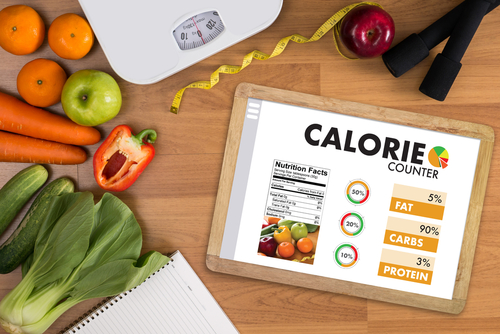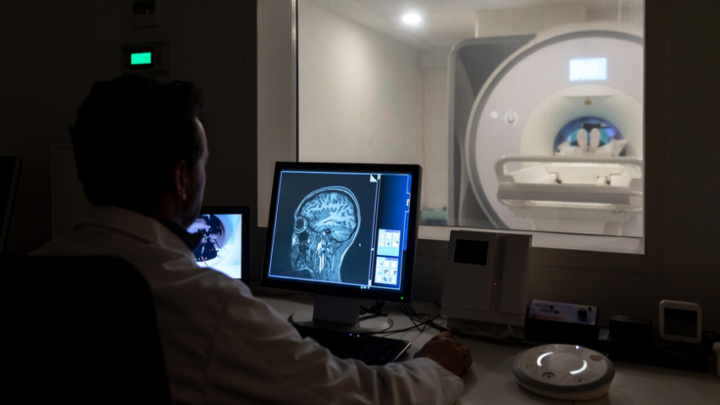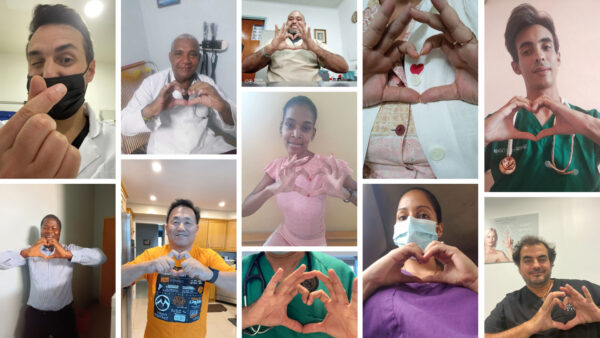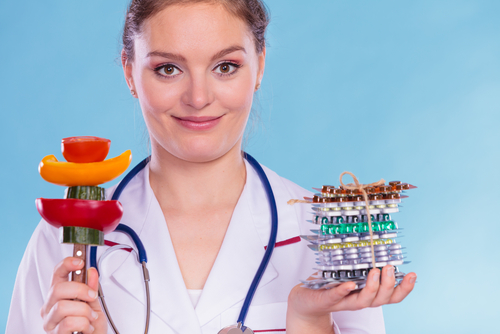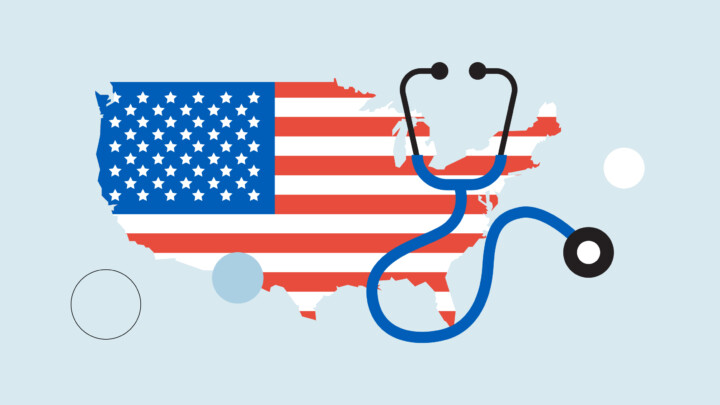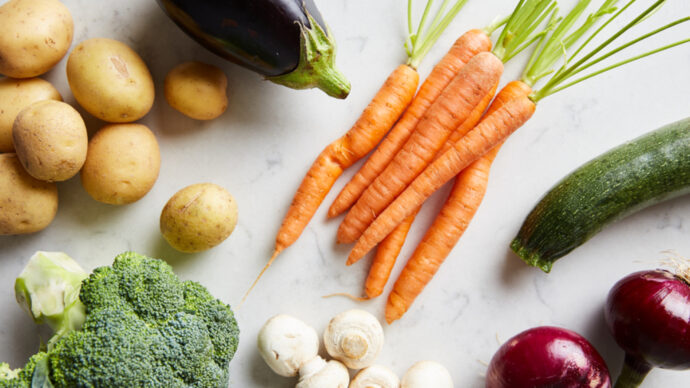
Ninety-nine percent of Sermo physicians said their patients need to eat more vegetables, according to a poll of 770+ global doctors. When asked about themselves, 77% said they, too, should be eating more vegetables.
According to the Harvard T.H. Chan School of Public Health, “A diet rich in vegetables and fruits can lower blood pressure, reduce the risk of heart disease and stroke, prevent some types of cancer, lower risk of eye and digestive problems, and have a positive effect upon blood sugar, which can help keep appetite in check.”
So what’s the best way to prepare veggies? It may sound counterintuitive, but not all vegetables are healthier when eaten raw. Sometimes applying heat and certain cooking methods can boost a vegetable’s nutrition (and flavor!)—such as spinach, carrots, and tomatoes.
The New York Times reports, “Emily Ho, a professor of nutrition and director of the Linus Pauling Institute at Oregon State University, said that while it’s true that certain cooking methods can change the amount of nutrients you get from many vegetables, it’s not always for the worse. And in fact, heat from cooking can enhance some nutrients and other beneficial compounds your body will absorb.”
Other health experts say the best way to prepare vegetables is the way that will ensure you actually eat them. After all, what good is steamed broccoli, if you can’t stand to eat it? But if love it pureed in soup—well, then that’s the healthiest way for you to prepare broccoli.
Here’s how Sermo physicians prefer to prepare their vegetables:
Below, Sermo physicians from around the world share more of their perspectives and opinions on vegetables—and even some recipes—in their own words:
“Proud to have trained in both Ayurveda and allopathic medicine. It’s commonplace, especially in the west to dismiss the connection between health and diet. However, our diet is fundamental to our well-being. Eating raw foods is especially taxing for the body, especially those that are prone to be cold, and for patients like these more grounding root vegetables that are cooked are preferred. Cruciferous vegetables often eaten raw in many salads should never be done so as it is metabolically taxing for the body to digest.”
Hematology, U.S.
“Green beans with butter and slivered almonds!
Family Medicine, U.S.
“Vegetables are an indispensable part of the diet, they are in all food guides as beneficial foods for health.
General Practitioner, Cuba
A healthy diet should have 50% vegetables, 25% protein and 25% carbohydrates.
Although I do not like all the daily consumption, especially those with green leaves for their beneficial contribution. Which do I prefer: Tomato, Avocado, Lettuce, Beetroot.”
“I love both carrots and spinach cooked (boiled) and I love mini tomatoes roasted. I think my favourite vegetable is eggplant cooked in a tomato sauce.”
Psychiatry, Canada
“Arugula because it tastes so good and is good for my bones. I Love sautéed mushrooms but I consider them a fungus and not a true vegetable…I also would have chosen avocado, but it is technically a fruit. Asparagus, broccoli & broccoli sprouts, and cauliflower are the runners up on the list of favorites.”
Dermatology, U.S.
“Love vegetables! While salads are wonderful, that’s only one way to prepare and eat veggies. Spinach is my personal favorite, sauteed with garlic in a bit of olive oil or with a bit of cream cheese as a quick creamed spinach. Love a medley of mushrooms, onions and zucchini stir fried. Stir fried tomatoes, onions, mushrooms, zucchini and spinach over roasted and shredded spaghetti squash topped with some toasted pine nuts is wonderful and a dish on its own. As the survey suggests, we seem to all believe our patients are woefully deficient in eating their veggies. Eliminate starches mistaken for veg, such as corn and potatoes, and many only ate the rare onion, tomato and lettuce garnish on a sandwich, even those that grew up in rural areas. I encouraged many to shred extra veggies (and flavor) into dishes such as chilis and stews where their presence wouldn’t be obvious but this advice was not usually well accepted. I think the process often needs to start in childhood, exposing children but not forcing them and perhaps having them included in some level of growing a plant or picking fruits and veggies.”
Psychiatry, U.S.
“On the raw corner, I truly enjoy both kohlrabi and/or jicama. I think it would be a travesty to cook either of these?!”
Dermatology, U.S.
“I enjoy all vegetables, among my favorites—the pepper is delicious in any presentation raw, roasted…”
General Practitioner, Ecuador
“I don’t have a favorite vegetable; I love asparagus, zucchini, mushrooms, broccoli, spinach. I stir-fry a lot, which wasn’t one of the cooking method options. I like carrots and cabbage raw but not cooked, and I like spinach and mushrooms cooked but not raw. And… tomatoes are fruits, not vegetables.”
Pediatrics, U.S.
“My favorite vegetable is snow pea leaf sauteed with garlic and olive or avocado oil.”
Psychiatry, U.S.
“I love grilled brussel sprouts. As a kid my mother boiled them and they tasted (and smelled) awful. But grilling them leaves them crisp and eliminates the boiled cabbage effect.”
Pediatrics, U.S.
Everyday thousands of Sermo member physicians from diverse backgrounds and experiences exchange knowledge with each other. Sermo is the original medical social network that empowers today’s physicians. Over 1 million fully verified physicians across more than 150 countries come to our platform to talk with peers, participate in paid medical studies, solve challenging patient cases, contribute to the world’s largest database of drug ratings – and enjoy a few laughs along the way.
Interested in more? Check back any time and follow us on Facebook, Twitter, and LinkedIn for the latest and greatest in physician insights.
Are you a physician or healthcare practitioner?
Explore the many benefits of joining Sermo’s medical community and sign up for free today.
